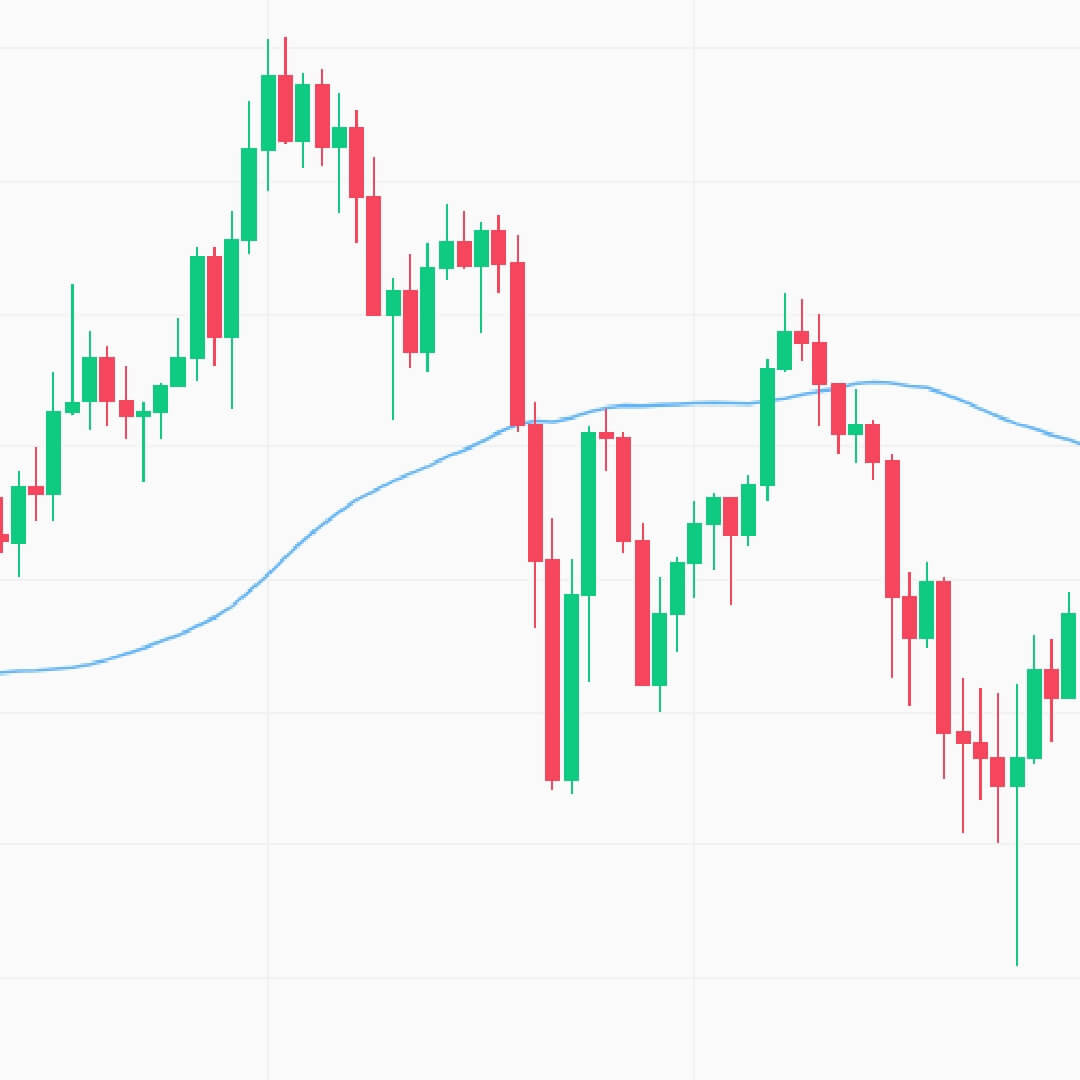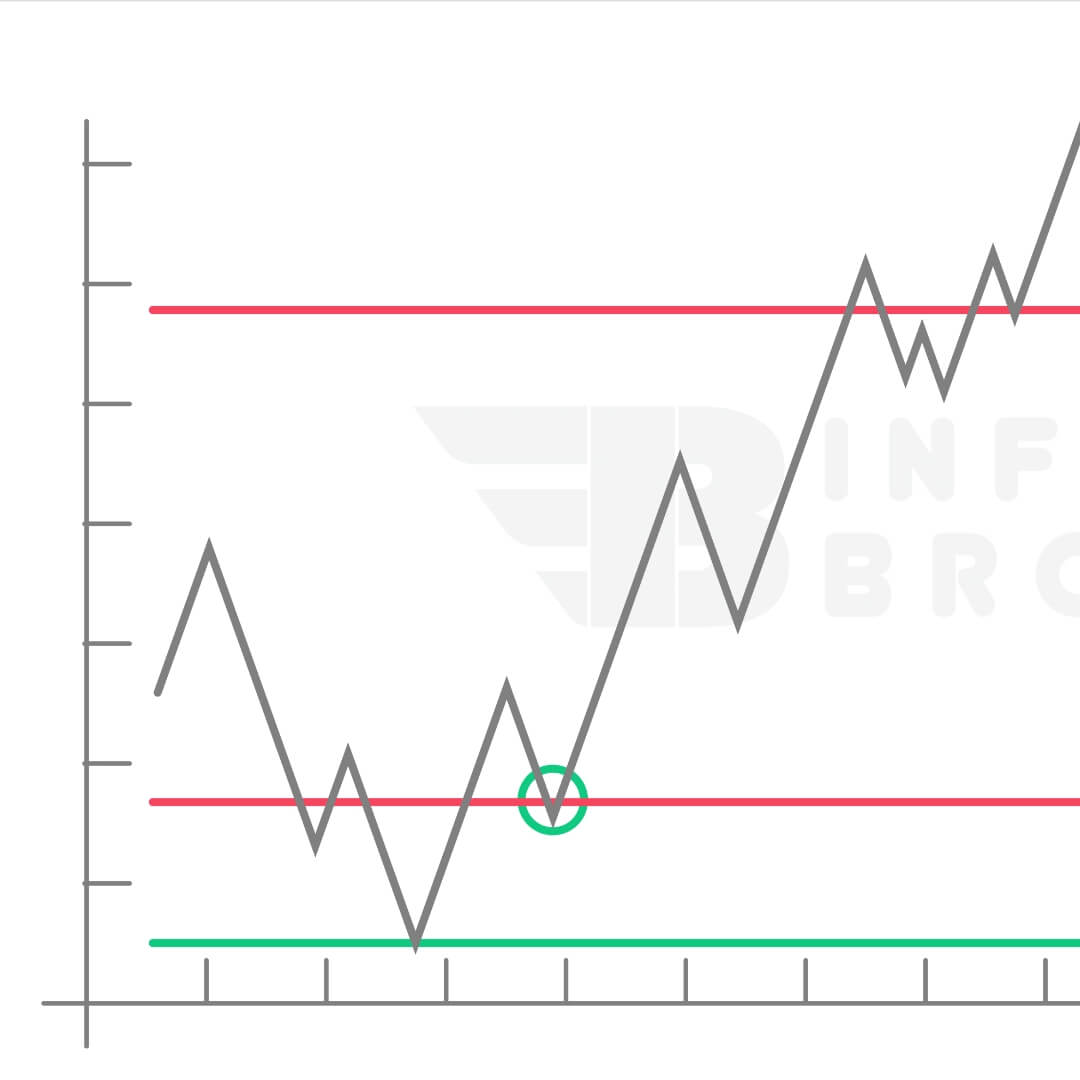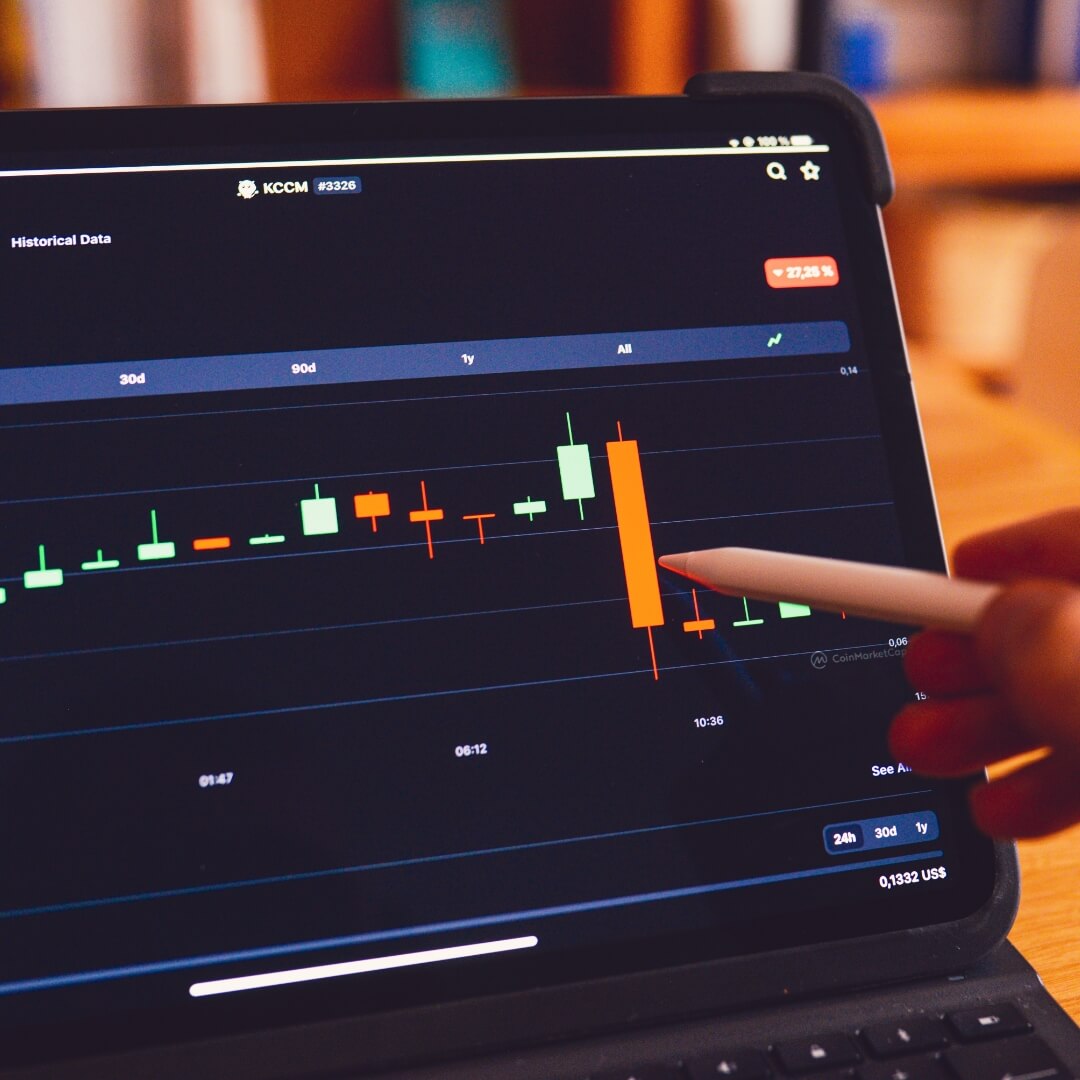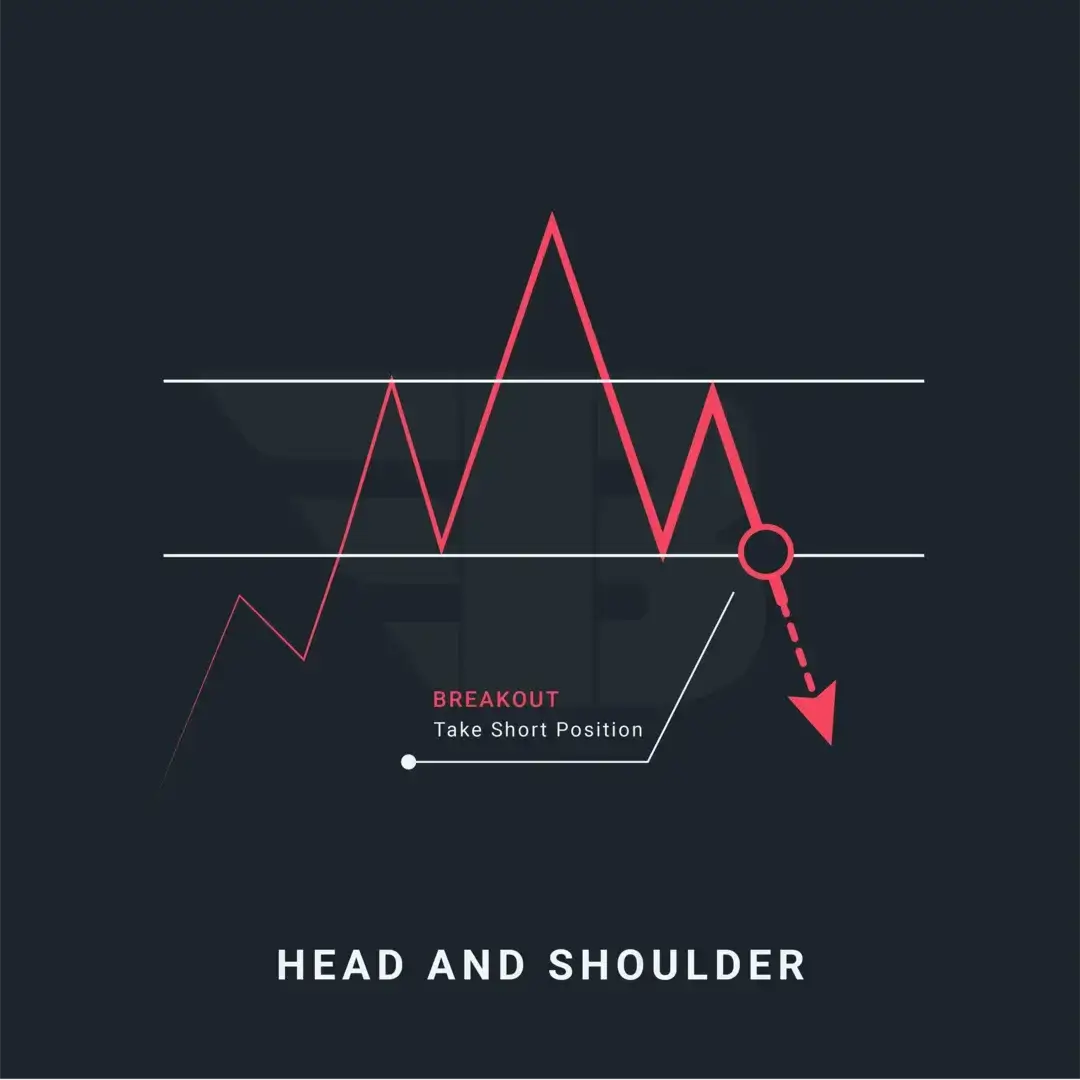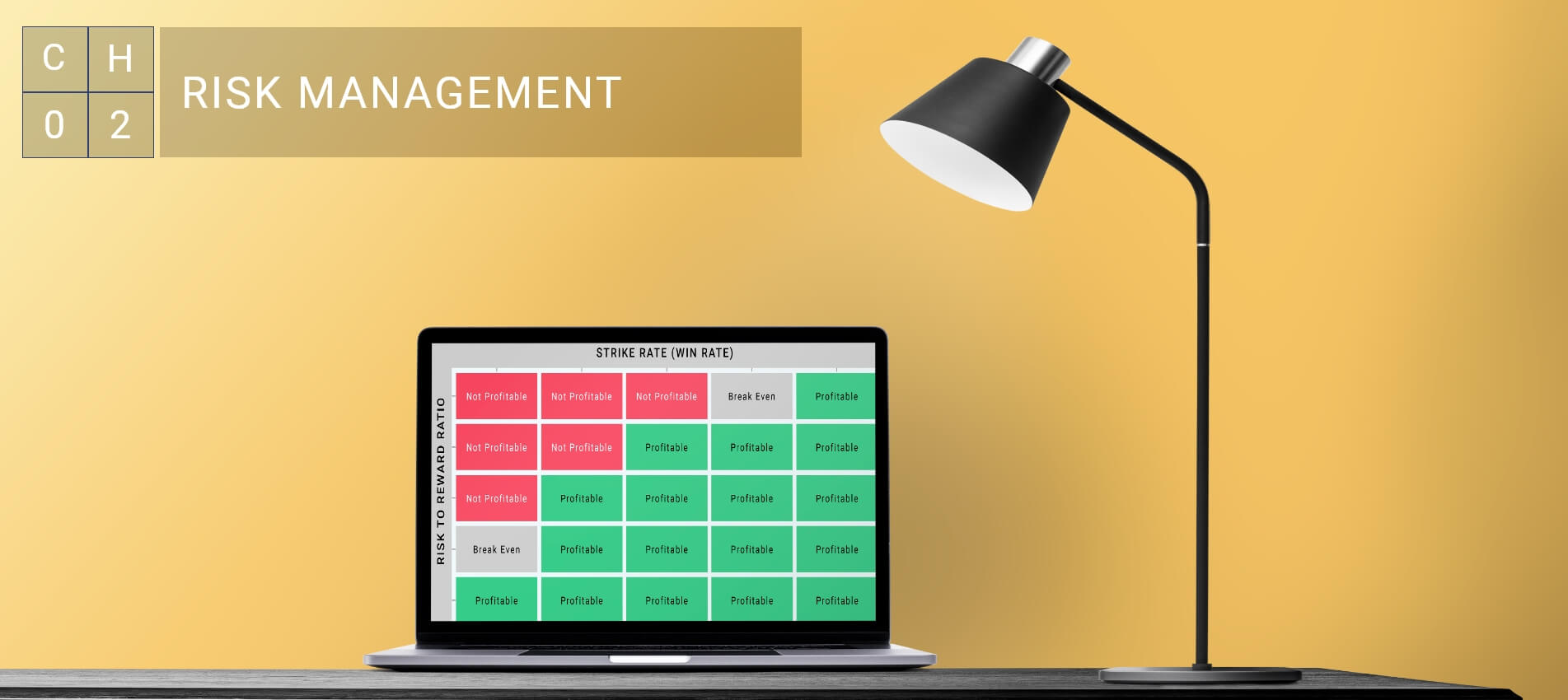
Risk Management
Top 03 Risk Management Strategies for Traders
Traders face the risk of losing money on every single trade. Even the most successful traders lose money practically every time they trade. Risk management is included in this scenario to safeguard our money from large losses. It is really significant in trading. It allows us to remain in the game over time.
One of the most important aspects of trading is risk management, and a trader must be knowledgeable in risk detection, evaluation, and management. In this chapter, we will study risk management and why it is essential. We'll go through some of the most important risk management ideas, such as stoploss, risk to reward proportion, position size, risk rules, and so on.
Risk management refers to the practices that are put in place while trading to assist in keeping losses under control and a suitable risk/reward ratio.
Risk management reduces losses and helps traders avoid losing all of their money on a single trade from their account. The risk comes when trades lose money, and if the risk can be handled, traders may open themselves up to making money in the market.
Both new and seasoned traders should practice risk management before entering into any transaction. Risk management is an important but frequently ignored condition for effective active trading. Without a solid risk management technique, a trader who has made significant gains may lose it all in only one or two disastrous trades. A risk management plan may help us avoid long-tail risks by determining our risk tolerance, recognizing our risk-reward ratio on each transaction, and taking actions to protect ourselves from them.
We cannot escape risk in trading, but we can limit it by using effective risk management tactics. A skilled trader may lose money on trades more often than they earn profit, but still come out ahead in the long term provided the amount of their winnings on winning trades considerably outweighs the losses on losers. A trader might also profit on the bulk of their trades but losing money over time if they take tiny profits on their winnings and let lost trades run too long.
To become great traders, risk management allows us to weigh prospective losses against potential profits on each new position in the financial markets. It is easy to fall into the trap of maintaining a losing position for too long if one lacks a disciplined approach to risk and return.
Long-term trading profit may be defined as a successful combination of the following factors:
- The number of winning trades in comparison to the number of losing trades.
- The number of winning trades in comparison to the number of losing trades.
For effective trading, the risk-reward ratio and the connection between them must be combined. Many skilled traders lose more deals than they win, yet they still earn a lot of money since the average magnitude of each loss is far less than their average profit.
Experienced traders understand that even long-term winning trading techniques may expose you to hazards in the form of short- to medium-term recurrent losses. Traders may suffer the following risks if proper risk management is not implemented:
- Loss of entire trading capital or more.
- Losses that are excessive considering the overall financial condition.
- Traders may be forced to terminate positions in the trading account at the incorrect moment due to a lack of liquid cash to cover margin.
- To recoup their losses and return trading funds to their former level, traders may need a lengthy period of successful and smart trading.
Risk management, along with trading technique and psychology, is one of the three most critical things to consider for effective trading. Even if traders have the strongest trading technique and trading mindset, they may still incur large losses and bad trades if they do not have a good risk management system in place. The following are critical features of risk management:

Take profit is a trading term that refers to the closing of a deal at a certain moment in order to benefit from it. If the price is reaching a critical resistance level following a strong upward run, successful traders will utilize this characteristic to sell before a period of consolidation.
It's difficult to figure out where to put your stop loss and take profit points. Successful traders analyze the market structure and support and resistance levels to select where to put stop-loss and take-profit points.

The risk to reward ratio is the ratio of the stop-loss and take-profit targets. This method is used by successful traders to ensure that earnings exceed losses.
When traders have determined their stop-loss and take-profit levels, they may assess the risk-reward ratio for the position. Successful traders would hardly consider trades with a risk-to-reward ratio of less than 1:2, and some may only consider trades with a risk-to-reward ratio of 1:3.
A trade's prospective profit must at least double [1:2] if not treble [1:3] the predicted risk. For effective trading, traders should keep this guideline in mind. If the transaction does not follow this guideline, the traders should not accept the position.
Profitable traders adhere to the "one-percent" guideline for successful deals. Essentially, this rule states that no single deal should risk more than 1% of our capital or trading account. So, if we have $1,000 in our trading account, we should not hold more than $10 in any specific asset.
This risk management method is widespread among traders with balances of under $100,000. Some traders would even go as high as 2% if they could afford it. However, many successful traders with larger account balances prefer to follow a 1% guideline. This is due to the fact that when the size of our account grows, so does the position. The greatest method to keep our losses under control is to keep the rule below 2%. If we risk more than 2% of our trading account, we are putting a significant portion of our trading account at risk.
Before entering a trade, traders should always consider risk management and should always know when they want to enter or quit a trade before they execute. By using appropriate stop-loss orders, we may reduce not just losses but also the number of times a trade is abandoned prematurely.
Remember that risk management is the one thing we can truly control as traders. Profits are hard to anticipate, so we will benefit in the long term as long as our risk is low and our victories are large.

Sardar Omar
I did my hardest to present you with all of the information you need on this subject in a simple and understandable manner. However, if you have any difficulties understanding this concept or have any questions, please do not hesitate to ask. I'll try my best to meet your requirements.
Disclaimer:This material is provided purely for educational purpose and is not intended to provide financial advice.







